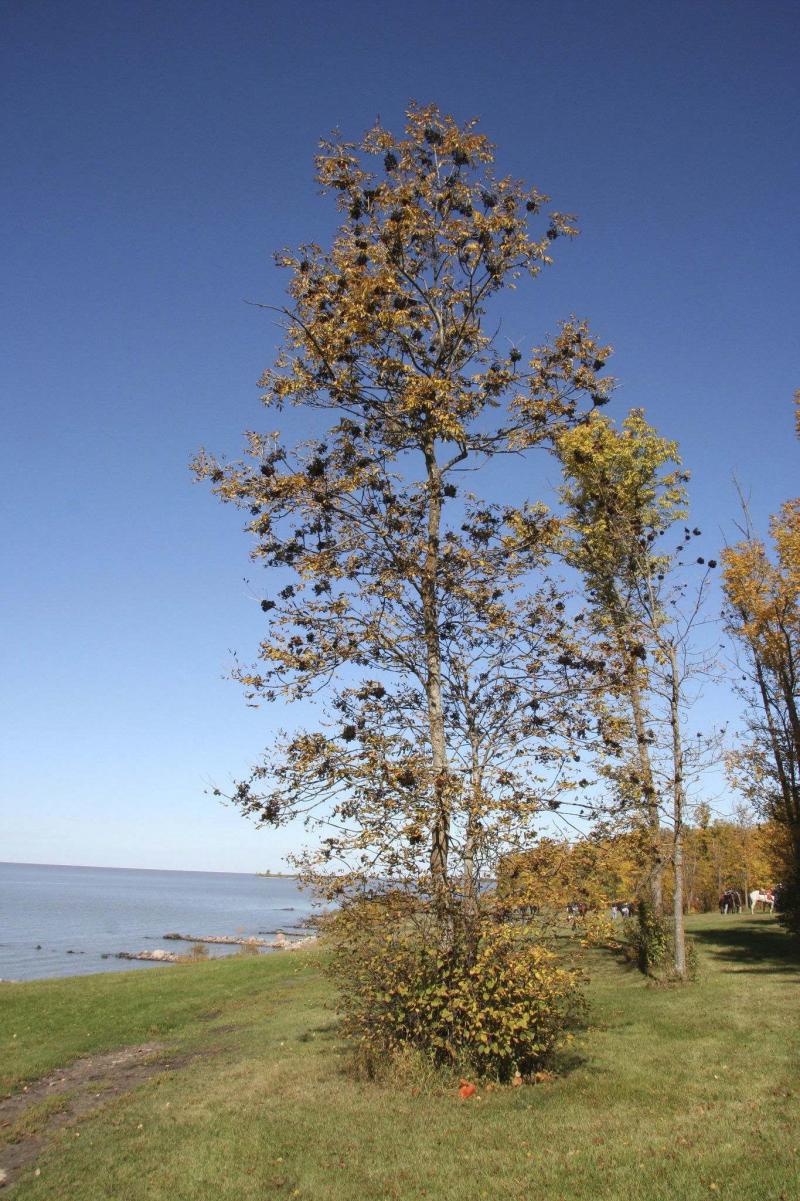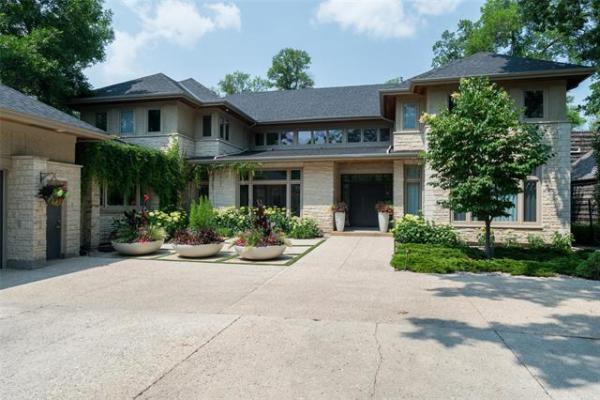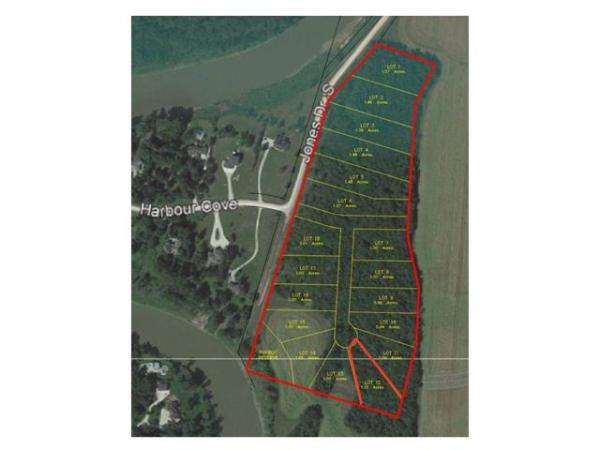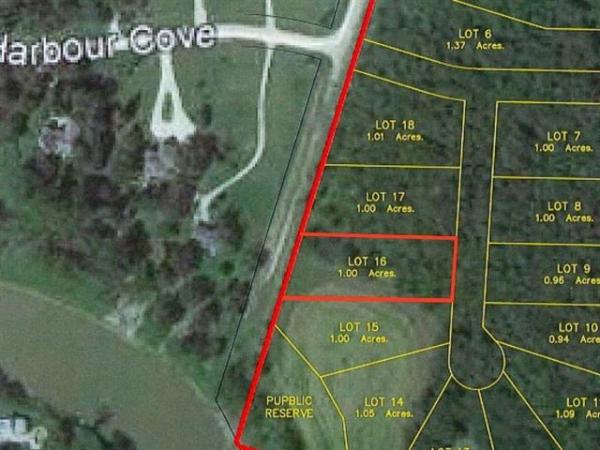
Michael Allen / Winnipeg Free Press
Black ash trees dominate the landscape throughout southern and many areas of central Manitoba. Unfortunately, these trees will fall pray to the emerald ash borer.
As many readers know from reports in newspapers and on television, unfortunately, the emerald ash borer beetle is currently heading for Manitoba. It has been devastating millions of ash trees of all varieties and species in eastern Canada and the United States.
This very aggressive beetle has already left the Thunder Bay area and is expected to show up here within three years.
Please note that the commonly planted mountain ash tree is not a true ash. This tree will not be affected by the beetle. If you do not have an ash tree, you would be wise not to plant one this spring or any other time into the future.
For those readers with ash trees on their property, your options are very limited and expensive for controlling this pest. At the present time, there are expensive injectable insecticides available to control this pest, however, only certain licensed pest applicators can do these injections. The experience in areas where the emerald ash borer has arrived has been that the beetles will destroy all ash trees that have not been appropriately treated.
As the beetle is not here at this time, you will have to go online and google it to see what it looks like. Its shiny dark green body is about 1.75 millimetres long.
Without question, ash tree varieties including the native green and black ashes dominate shade tree plantings throughout southern and many areas of central Manitoba. Both these species of ash are also abundant in natural woodlands. Losing these trees will be a terrible loss to home and farm landscapes, as well as woodland ecosystems. As well, many species of birds and animals rely on these trees for food and dens, so there will inevitably be an adverse impact on them.
For those properties with two or more ash trees, I recommend you start planting replacement trees of a different species if having trees is important to you. Be sure not to plant new trees too close to the existing ash trees. The larger the ash tree, the more expansive its root system will be. Suitable replacement trees include the many varieties of lindens. It is best to examine these trees in a commercial nursery and discover which ones appeal to you. Little leaf lindens are appealing. I have one on my property.
Other trees that might interest you are: Ohio buckeye, Japanese ivory silk lilac, Discovery elm, Unity sugar maple, Autumn Blaze maple, Delta hackberry, Manchurian alder, Bur oak and Northern Pin oak. Of course, other trees are available as well. Discuss the types of trees that might appeal to you with the nursery staff, or research what the aforementioned trees look like if you are not familiar with them already.
I apologize for being the bearer of bad news about ash trees. Future dying ashes will be a fact of life. It will not be a question of maybe Manitoba will be spared from an invasion of these beetles. Government agencies are well aware of this situation and doing what research they can to develop appropriate control technologies.
Certain insecticidal injections have proven to be effective elsewhere in eastern Canada and the United States. As it is, the Prairie provinces have so few tree species available compared with eastern Canada and B.C. Each year in Manitoba, we are constantly reducing the population of our mature elms to Dutch elm disease, and Schubert choke cherry trees are being wiped out by Black Knot disease.
The most that positive people who care about trees can do right now is to not plant ash trees and planting a greater variety of other tree species not currently being adversely affected by insects and diseases. This strategy will be the only recourse we have to sustain our urban and rural tree populations.
Michael Allen M.Sc.F., RPF (ret’d) is a consulting urban forester, tree diagnostician and certified arborist. viburnumtrees@shaw.ca



